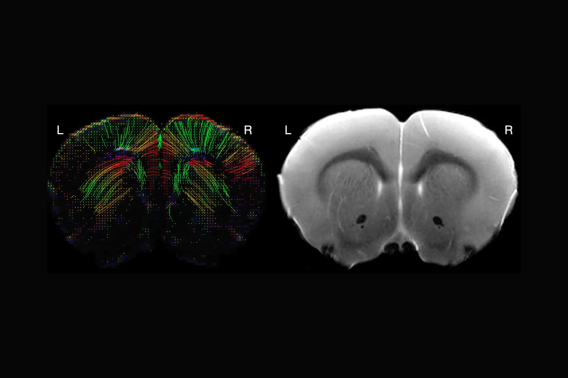Project Summary
Intraparenchymal transplantation of human neural stem cells (hNSCs) shows therapeutic potential for patients with chronic ischemic stroke. However, the underlying mechanisms of how hNSCs drive recovery remain elusive. A crucial clue to deciphering the mechanisms of recovery might be the recent observation of a transient T2-FLAIR (Fluid-Attenuated Inversion Recovery) MRI signal in the premotor cortex after intraparenchymal hNSCs transplantation in chronic stroke patients. The magnitude of the T2-FLAIR positively correlated with the extent of clinical recovery. We have reproduced this hNSCs-induced FLAIR signal in stroke-injured rats and are investigating the underlying cellular and molecular mechanisms. We utilize a multimodal approach consisting of imaging (MRI/PET), molecular biology/histology, single-cell and spatial multiomics. The specific aim of this proposal is to uncover the temporal and spatial microstructural, metabolic, and biochemical changes in the cortical FLAIR region as well as in other regions in stroke-injured brains after hNSCs transplantation using longitudinal DTI and MRS scans. Upon conclusion of this project, we will have identified structural and metabolic changes in the FLAIR and other brain regions, and pinpointed relevant time points for advanced molecular analyses using multiomics. Given our innovative "clinic-to-bench-to-clinic" approach, this contribution is significant because it will: a) identify potential imaging and molecular biomarkers for hNSC-induced recovery both before and after treatment that could be utilized in our upcoming Phase 2b hNSC clinical trial; b) help characterize molecular pathways involved in brain repair; c) ultimately optimize the successful translation of cell therapy, and pave the way for novel stroke interventions.
